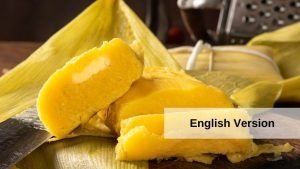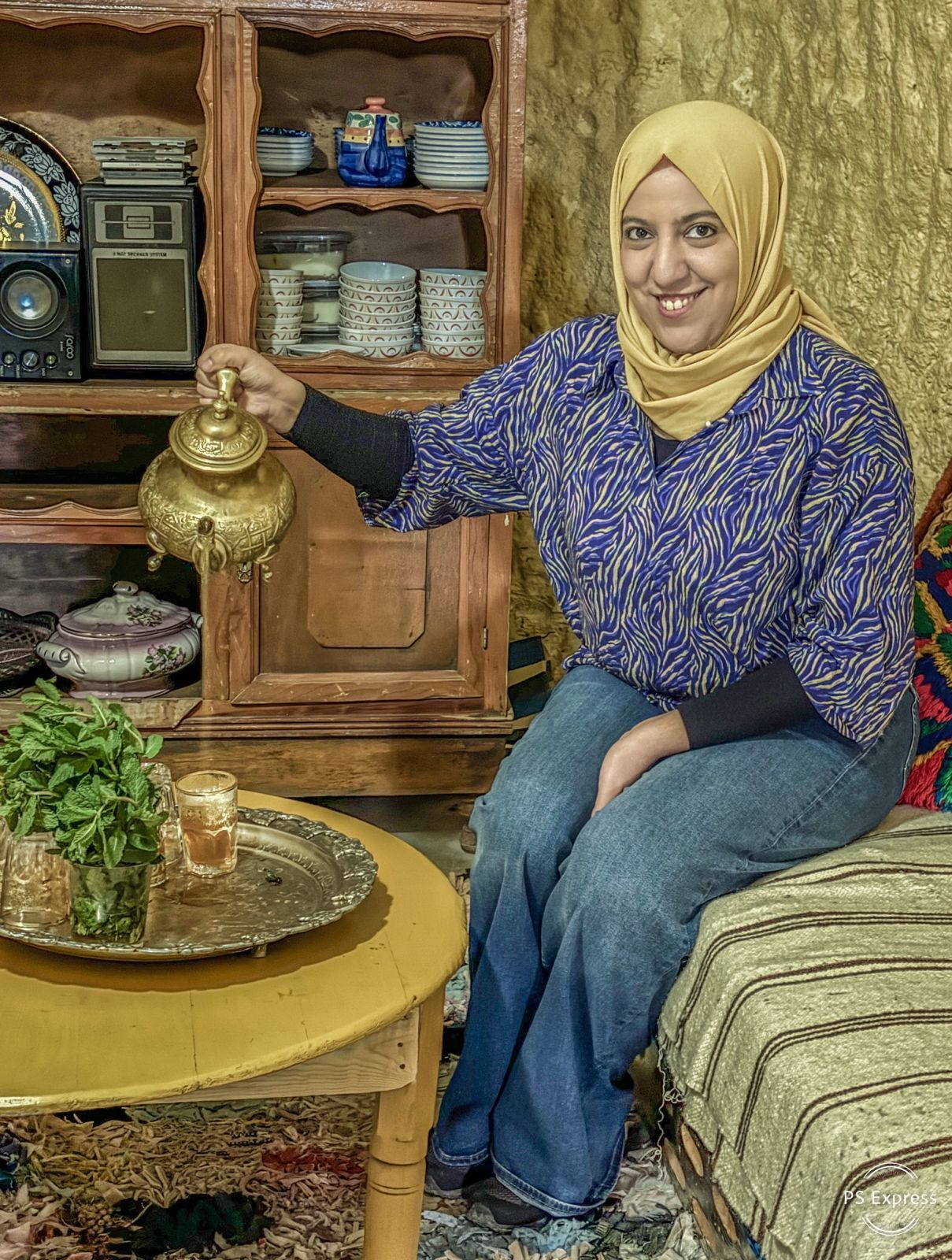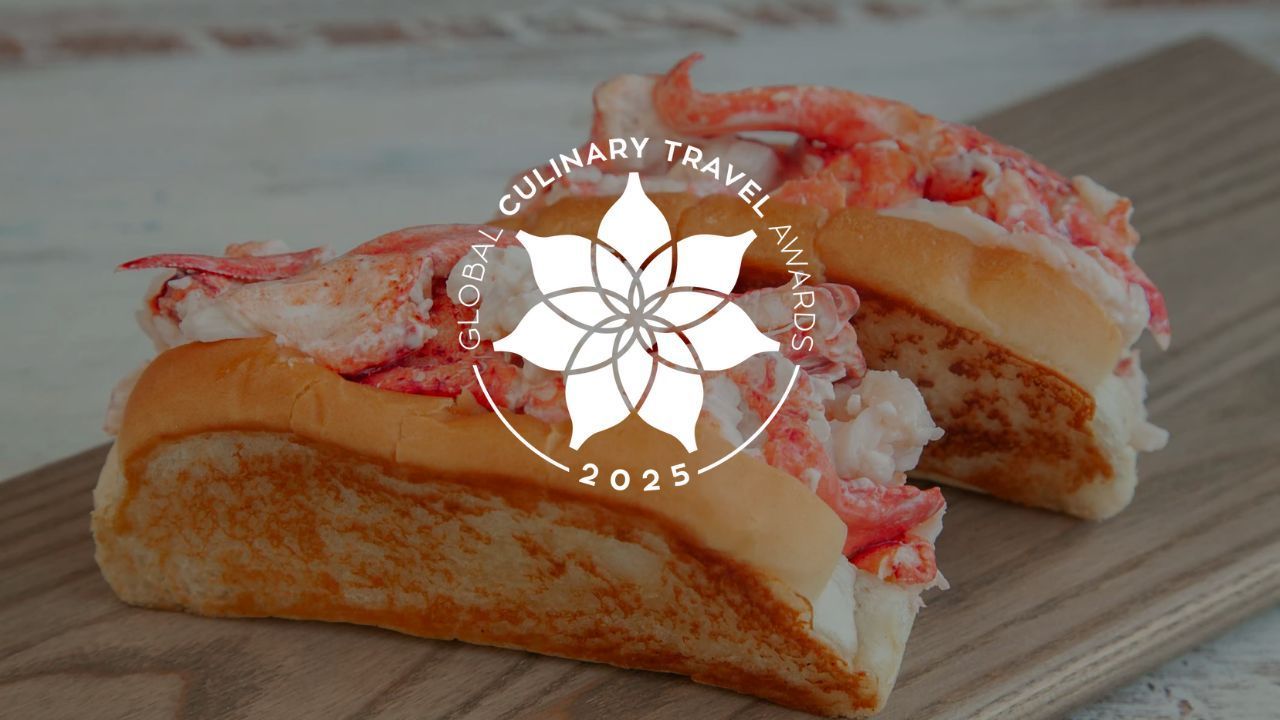Taste of Place: Brazil

Gastronomy “represents Brazil more than soccer and samba!”
When you hear the name Brazil , what comes to mind? Probably samba, soccer and Rio de Janeiro (which, to the surprise of many, is not the country’s capital). Am I right?
The image of Brazil around the globe was built under certain cultural aspects that stood out worldwide a while ago. Musical genres such as samba and bossa nova, originated in the Afro-Brazilian communities of Rio and enshrined in songs like “ Mas Que Nada ” by Jorge Ben Jor, even have versions in other languages. Having won the World Cup multiple times (we are still penta!) Has eternalized the image of stars like King Pelé, the Maracanã stadium in Rio, and Brazil as the country of football. Also the Marvelous City and its beaches, or the exuberant nature of Brazil (including the very important Amazon rainforest that urgently needs to be preserved) are always in the collective imagination when we talk about Brazil across the world.
Football, samba, carnival. All of these elements make Brazilians very proud, but they are nowhere close to living up to the size of this nation’s cultural diversity!
The continental country is the fifth largest in the world – occupying more than 5% of the entire planet Earth, housing more than 212 million people and is considered the most biodiverse in existence! And do you know what having all this size, people and amount of flora and fauna means? A lot of food! Can you imagine the amount of unique ingredients that the greatest biodiversity in the world has to offer?
Brazil is made up of diverse people. Our indigenous and Afro-descendant communities (which is the majority of the Brazilian population) still resist threats to their existence and struggle for the survival of their lives and cultures, even after centuries of colonization and the end of slavery. We are formed of various accents and even languages other than Portuguese, and they say we will always disagree about music, politics, religion and football. But, around the table (or on the internet), Brazil unites – and I can prove it!
Brazilians themselves promote their cuisine in a fun and original way. The Twitter thread “This represents Brazil more than soccer and samba” (yes, in English) went viral and its intention was to show elements of everyday life that were common to Brazilians from all over the nation. And do you know what most memes on this thread talk about? Items that refer to our kitchens, from typical dishes of Brazilian cuisines to objects and utensils such as crockery feito no Brasil !. This only demonstrates the importance of gastronomy in our culture and how it provokes a feeling of nationalism, even more than other cultural elements that tend to be more associated with Brazil than food. Among them, I chose to mention some emblematic ones, loved by Brazil and very democratic (so you won’t have any problem when wanting to try it).
A typical lunch with rice and beans is at the heart and on the table of every Brazilian. It may not seem “unique” or “exclusive”, since we are talking about two very common products globally, Brazil has its own seasoning, way of making and even eating: the legend says that the choice of serving beans over or under the rice says a lot about the person’s character! “PF” (short for prato feito , something like “whole dish”) is what we affectionately call our hearty lunch of each day, completed with some protein, farofa and salad (we also love fries with it). Salads are as tasteful as colorful, enriched with ingredients such as heart of palm, pequi, pineapple, mango and strawberries. But don’t be fooled by the “ordinarity” of this gastronomic expression, always keep in mind that such biodiversity has ingredients that you never heard of and that Brazilians are creative by nature – you will be surprised!
Delicious foods made from corn are typical dishes of the famous June Festivities: pamonha (a delicacy similar to tamale , made from corn dough, wrapped in corn straw and cooked, seasoned sweet or salted), curau, canjica, mugunzá, angu, corn cake, roasted corn with butter… Historically, the corn harvest took place in June and delicacies (or as we say, quitutes ) based on the grain were prepared in celebration. I mean, they are. Festas Juninas bring together more Brazilians than the carnival itself: they happen throughout June, July and August! That’s how much we love it. I have not yet heard of a Brazilian who complains about the June feasts (yes, some of us hate the carnival). These festas also feature its traditional costumes, music and dance ( forró and quadrilha ). They happen during the winter and so we need bonfires and cachaça to warm up the nights. Quentão is a drink made with the national drink boiled with slices of lemon and orange and spices such as ginger, cloves and cinnamon and sugar. But, to the joy of the nation that needs more than just three months of comilança , the corn delicacies can be guaranteed throughout the year: in the Brazilian residential neighborhoods, there are the so-called “ carros da pamonha ” (cars of pamonha) No, it is not something like a food truck, it is literally some corn producer selling their products as they go from street to street announcing “ olha o carrinho da pamonha! ” through a megaphone attached to your car. It is a hit.
Other party foods include “ docinhos ” and “ salgadinhos ”. Docinho is what we call the brigadeiro and its “kin”. Brigadeiro is the most democratic and beloved dessert in the country and is present at any birthday celebration in Brazil or anywhere we are: if you know a Brazilian, they have already figured out how to prepare brigadeiro using the ingredients in that part of the world, so I woul ask for some! It is a dough made simply of condensed milk, butter and chocolate, baked to the “brigadeiro point” – when the dough takes off from the bottom of the pan. There are several variations with cashew nuts, brazil nuts, dulce de leche, coconut, jatobá, pequi oil, cachaça, etc. The brigadeiro is so dear that it represents one of the most popular sources of extra income for Brazilians. The “ salgadinhos ” are something like salty finger foods that we serve at birthday parties and the star is “ coxinha ”, an icon of the country, a quitute prepared with potato dough, stuffed with chicken and fried. It is molded into a shape resembling a chicken leg, hence its name. Here in Brazil, there is a hospitable tradition for guests to take a plate with salgadinhos , docinhos or cake (or all of it) home at the end of the party.
And last but not least, coffee! Perhaps it is the food most remembered abroad as characteristic of the country as one of the Brazilian commodities. No matter how hot it is in this tropical country, it’s never hot enough to refuse a “ cafézinho”. Coffee is a symbol of hospitality, of making small talk, of the “daily bread” of the poor and the rich. At any home, bar, bakery or restaurant, you can order a coffee (the most common is filtered) or a “ pingado ” as it is called coffee with milk, which will most likely be served in the Copo Americano , a cup symbol of national design that has even been exhibited at the Museum of Modern Art in New York, the MoMA.
The Brazilian gastronomic personality is as big as the territory itself. Here we speak of cuisines, in the plural, reflecting the uniqueness and diversity of our nature and cultures full of creativity, intelligence, resilience and boldness (and fun, of course). To speak of Brazilian food is to tell the very history of Brazil: it’s to know our roots, traditions and customs in the most genuine way possible. Through our regional dishes, ingredients characteristic of each biome in the country (Amazon, Atlantic rainforest, Cerrado, Caatinga, Pantanal and Pampa) and ways of cultivating, preserving, knowing and doing that still resist in time and space in indigenous, quilombolas, Afro-Brazilian and riverside communities (where the signature dishes of the country were born), we can discover a Brazil that goes far beyond what the world imagines.
It is really a pity that such gastronomic wealth is not so well known and savored around the world, because everyone loses in incomparable flavors, knowledge and experiences. But, from now on, when the name Brazil comes to your mind and the image of the exuberant nature, the grandeur of the carnival or the ginga present in music and football comes to your mind, also remember that Brazilian cuisine brings together all that greatness, wit, flavor and uniqueness in every dish served and then, bom apetite !
Authored by: Melissa Braga











